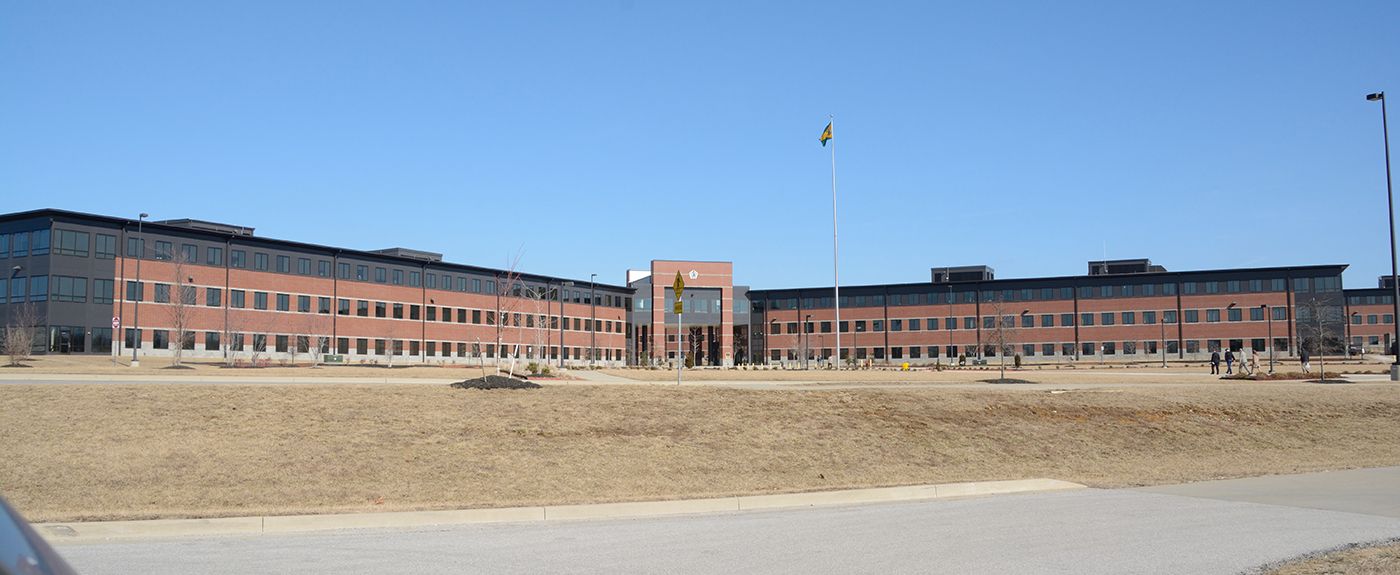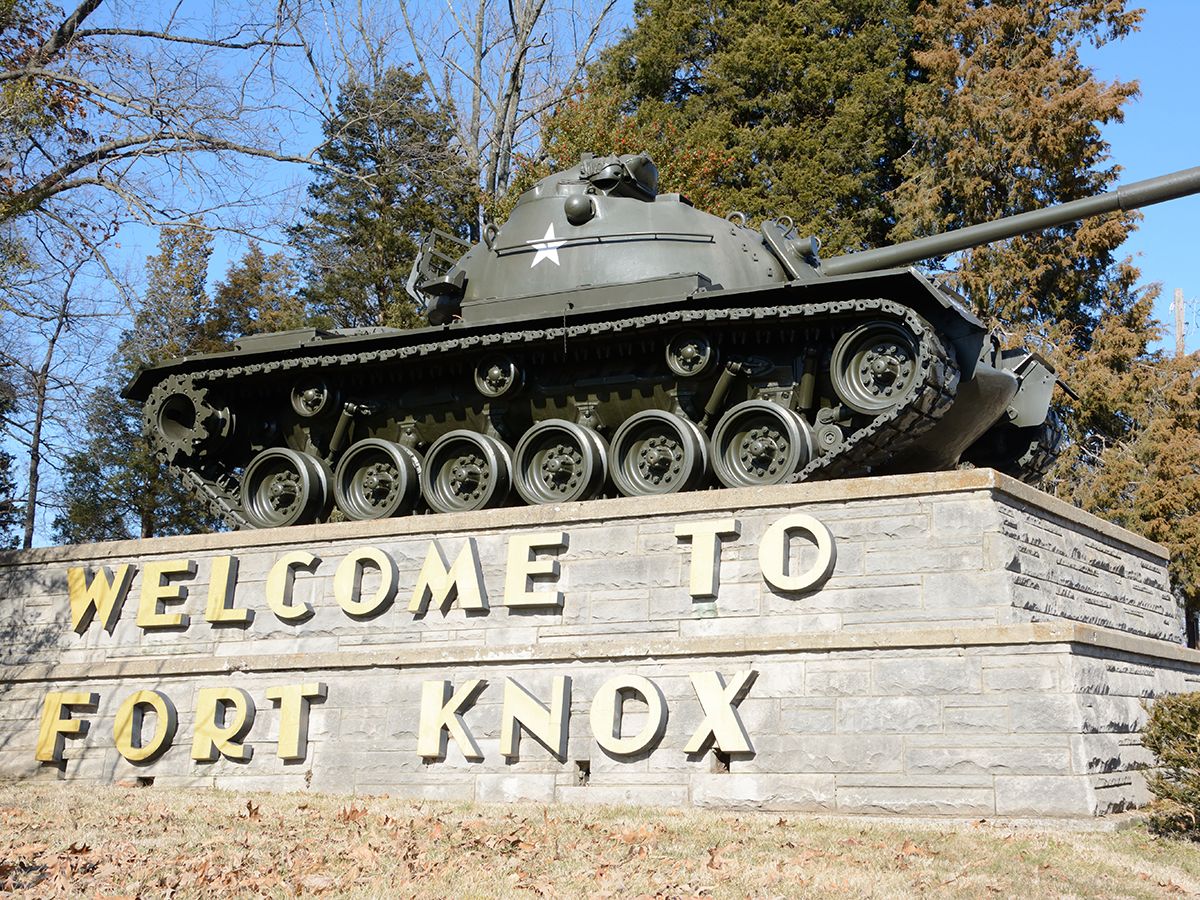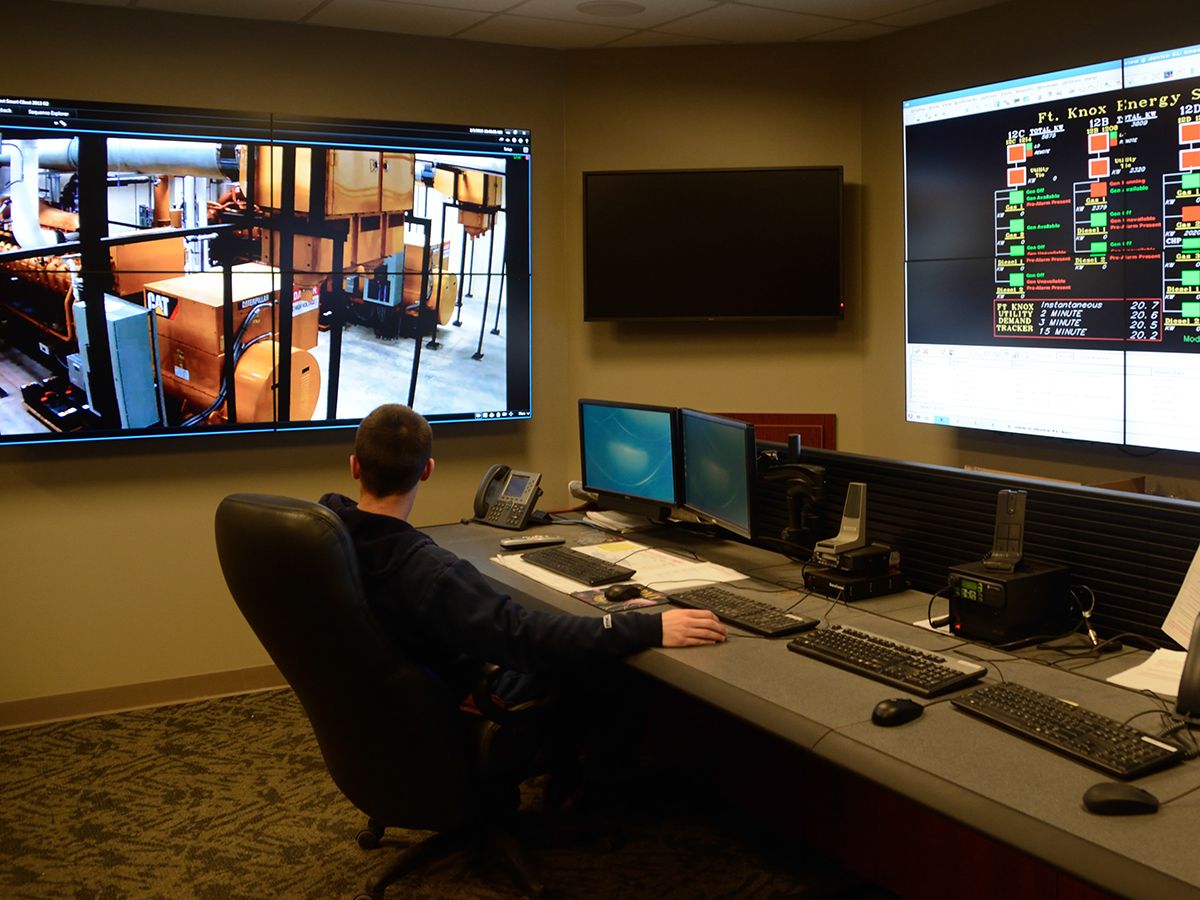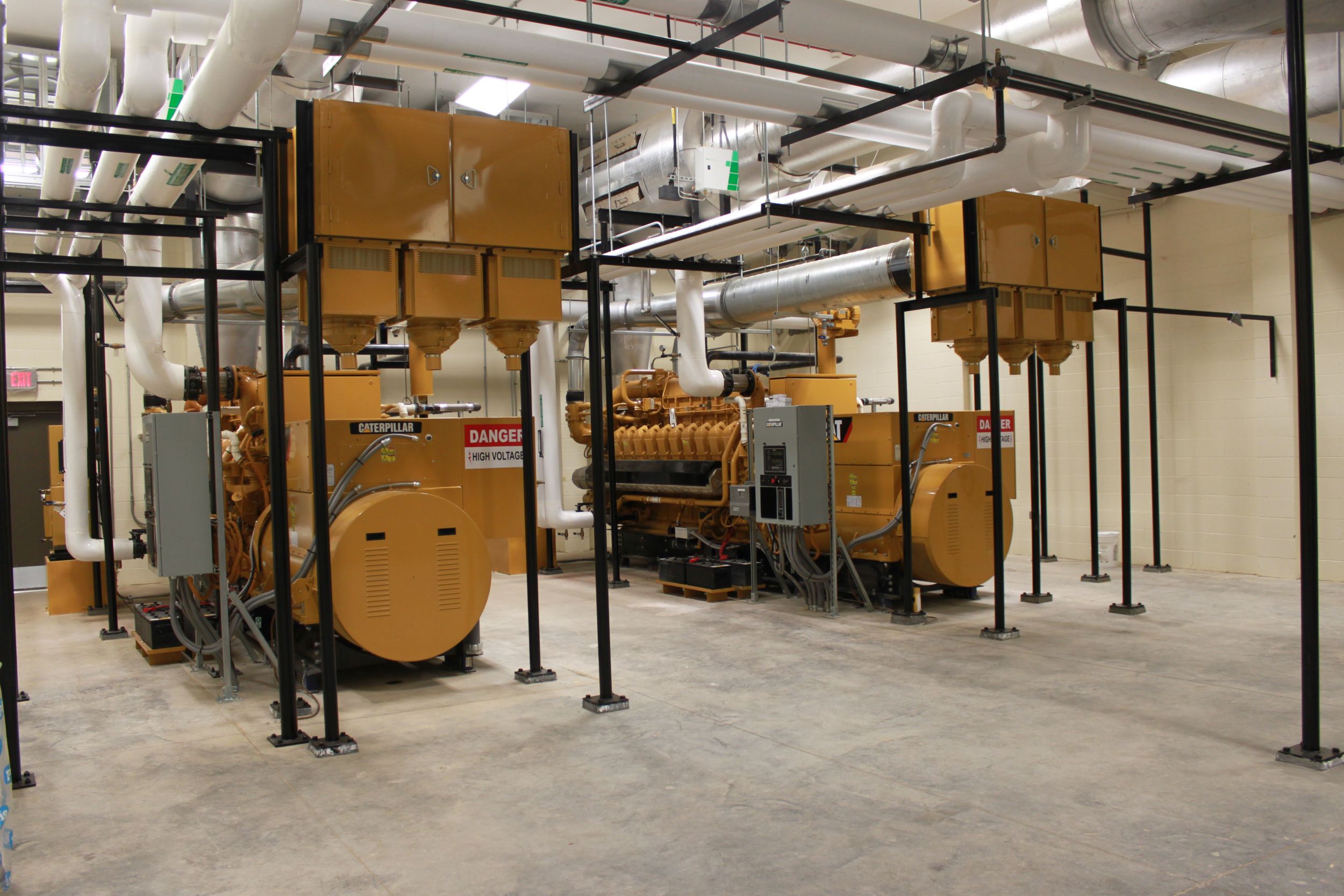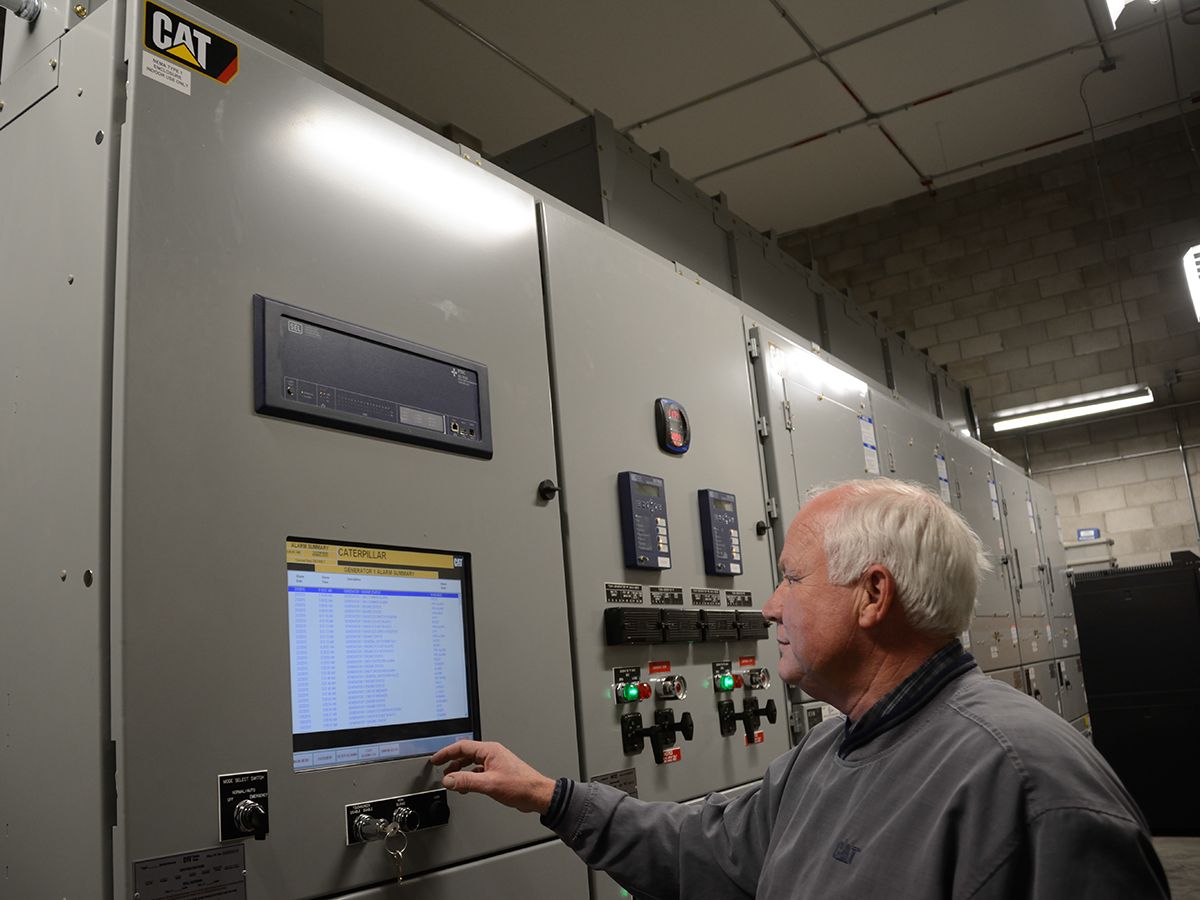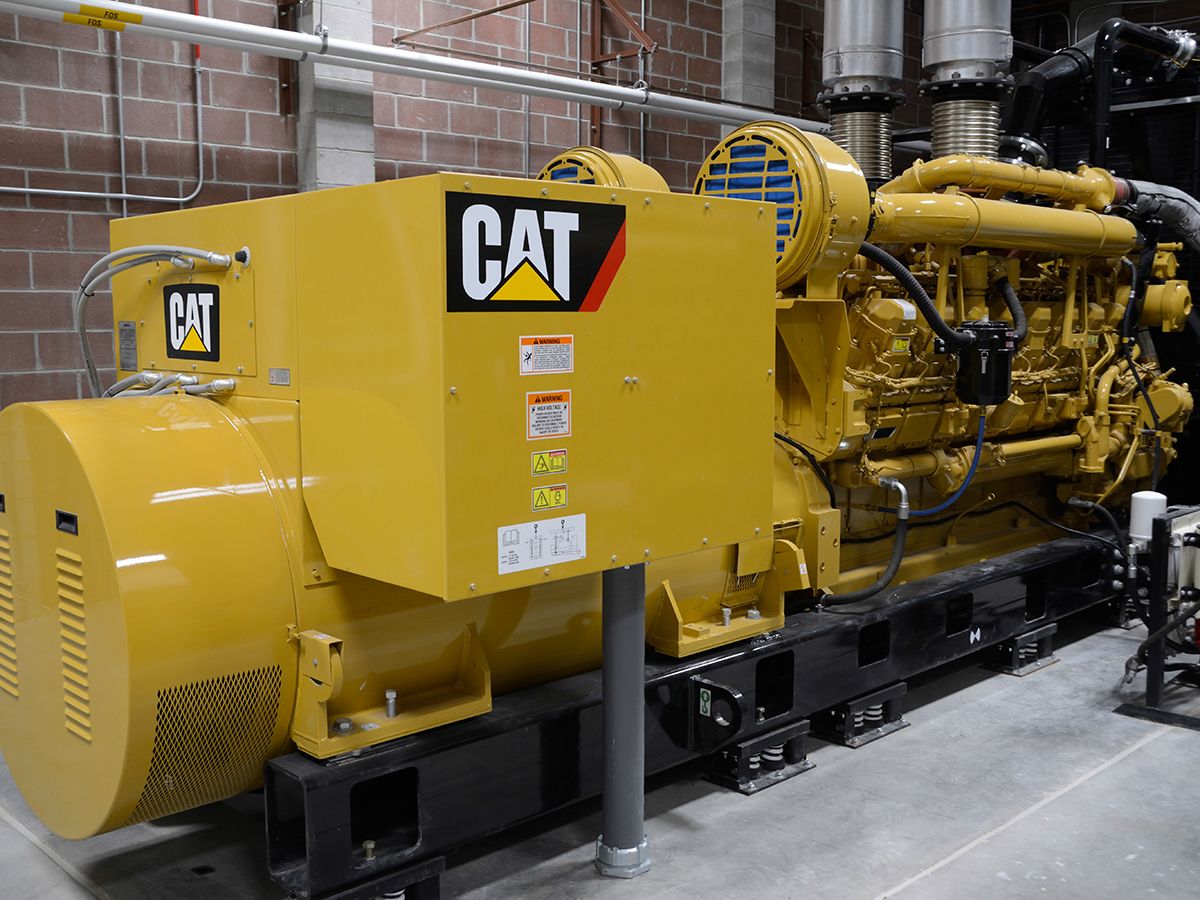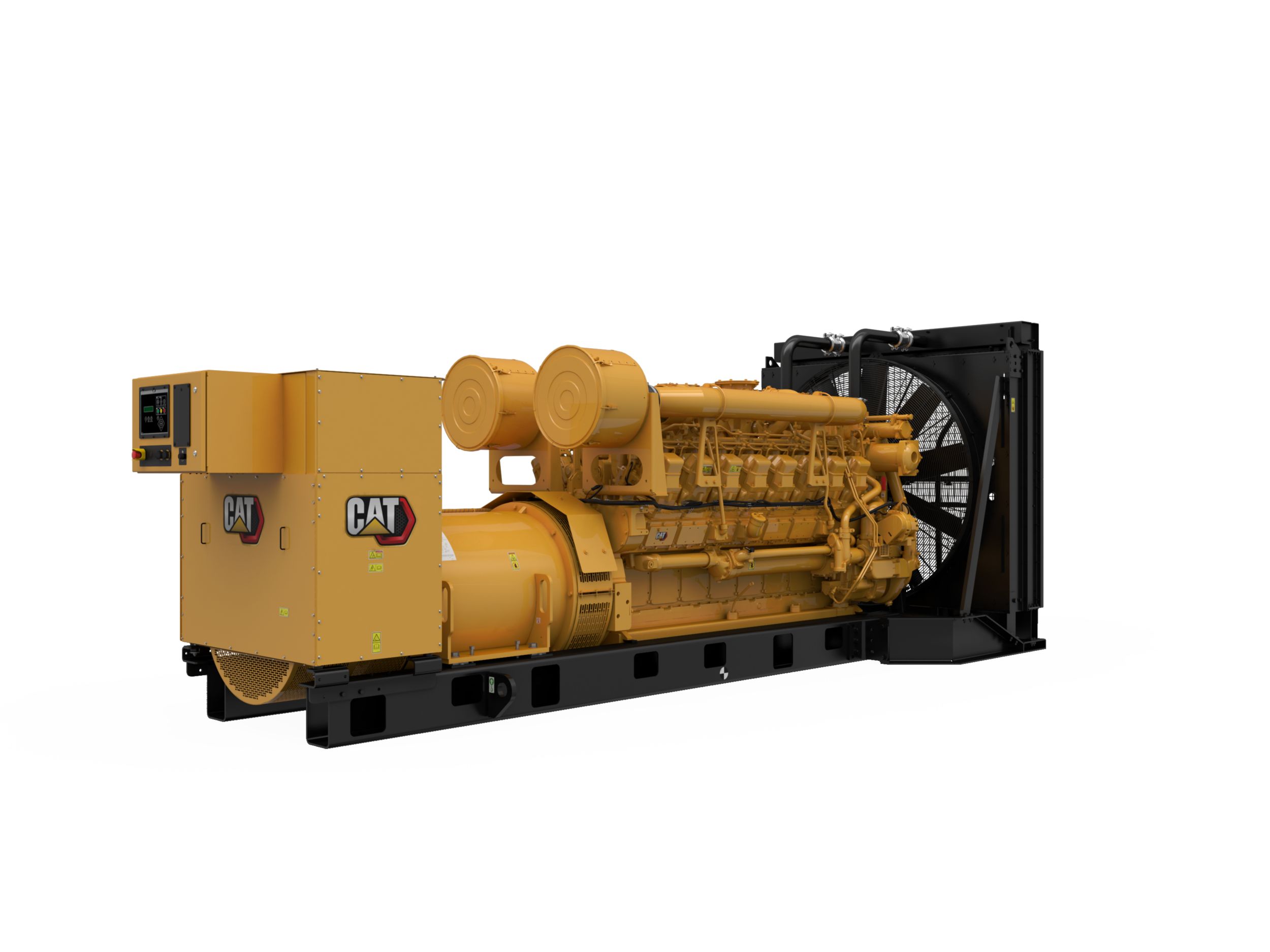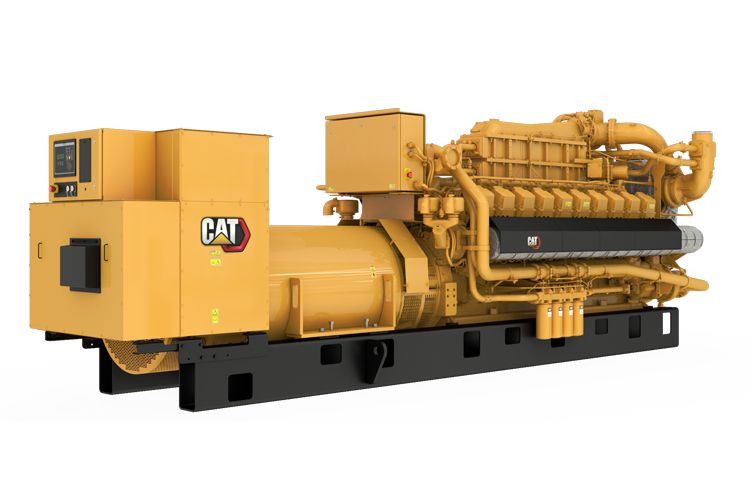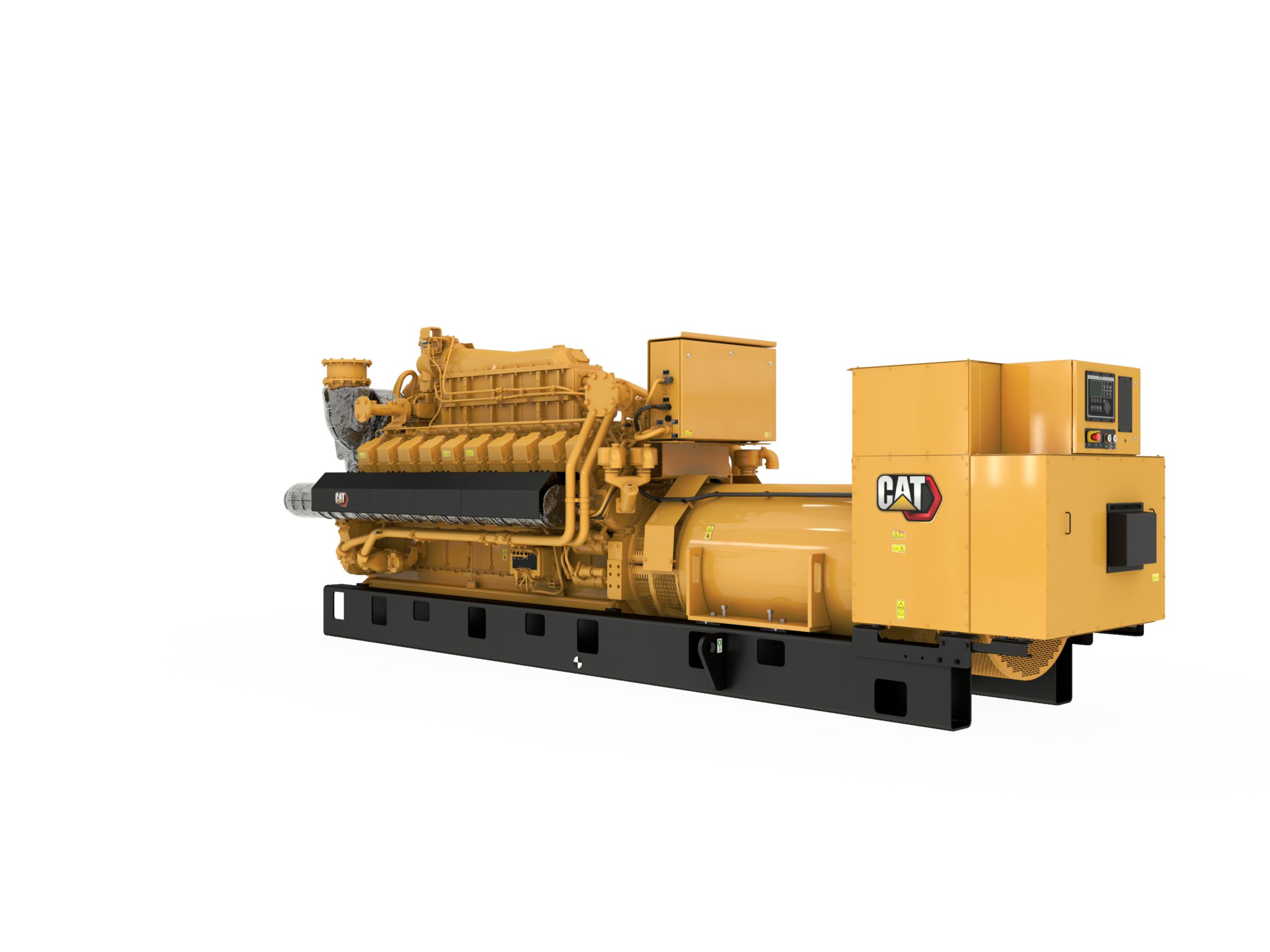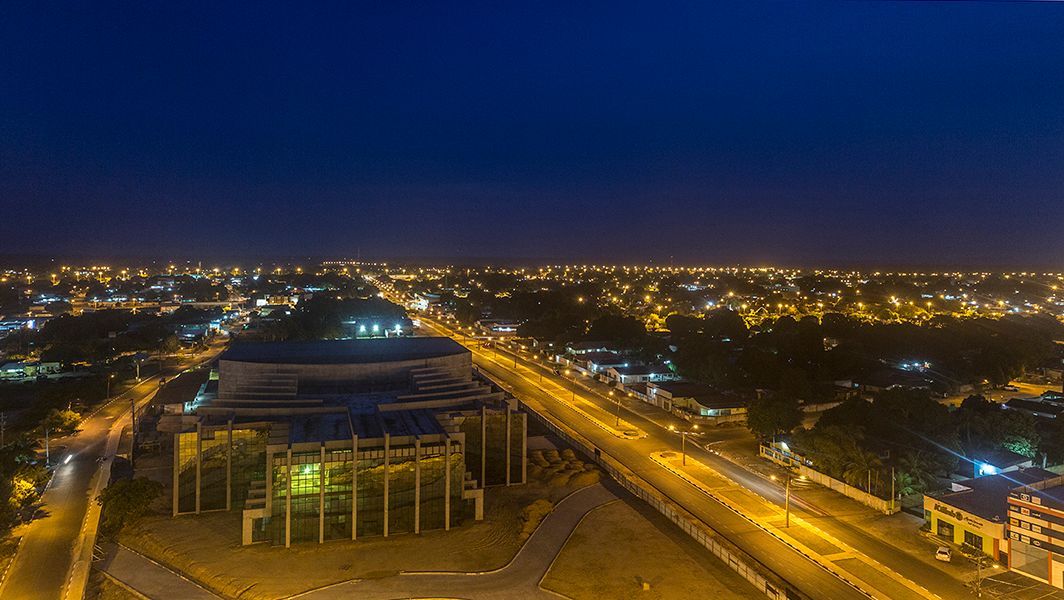

Sign In
Welcome! Sign In to personalize your Cat.com experience
If you already have an existing account with another Cat App, you can use the same account to sign in here
Register Now
One Account. All of Cat.
Your Caterpillar account is the single account you use to log in to select services and applications we offer. Shop for parts and machines online, manage your fleet, go mobile, and more.
Account Information
Site Settings
Security
Cat® Cogeneration System Offers Energy Security for Fort Knox
Location: Fort Knox, Kentucky, USA
Customer Business Issue: Produce reliable power while reducing energy consumption
Solution: Six Cat® G3520C gas generator setsTen Cat 3516 diesel generator setsCat ISO switchgear
Cat® Dealer: Whayne Power Systems







POWER NEED
Energy and water are fundamental elements to the readiness and resilience of the U.S. Army.
The occurrence of a major power grid outage may be out of the Army’s control, but preparing for a disruption and the aftermath is not, according to J.E. “Jack” Surash, PE, Acting Deputy Assistant Secretary of the Army for Energy & Sustainability.
Potential threats to Army energy, water, and land resources are growing in scope and complexity at home and abroad. Army energy systems are vulnerable to cyber attacks, progressively sophisticated enemy weapons, and increasingly frequent and severe weather events.
“The future of Army energy must be focused on energy resilience and security because the ability to prepare for and recover rapidly from power disruptions is more critical to warfighting readiness than ever,” Surash said in an article published in District Energy magazine.
Given these potential threats, the Army is working to move beyond energy and water projects that just increase generation options or save money to projects that incorporate resilience – including microgrids and combined heat and power systems. The 2007 Energy Independence and Security Act requires a higher level of energy security at military installations.
Known primarily for its gold vault, Fort Knox is also home to the Army Human Resource Command Center and a high school – one of only three bases in the country to still have a school onsite. In May 2010, the Army Human Resource Center opened following the largest construction project in the history of Fort Knox. The $185 million, three-story, 880,000-square-foot complex of six interconnected buildings is the largest office building in the state, employing nearly 4,300 soldiers and civilians.
U.S. Rep. Brett Guthrie and other Kentucky congressmen were instrumental in getting legislation included in last year’s National Defense Authorization Act (NDAA) that assured Fort Knox’s continued focus on energy resilience.
“Our military must be ready to face any number of threats around the world,” Guthrie said. “The (2018) NDAA improves our military readiness and supports our troops. We ask our servicemen and women to put their lives on the line for us, and we must make sure they have the best care we can provide for them.
“It makes Fort Knox unique, and it makes it better for other missions and for opportunities for growth,” Guthrie said. “And it’s safety and security for our soldiers, which is first and foremost.”
SOLUTION
In fall 2014, Fort Knox completed a $60 million energy project that provides the sprawling base with 44 MW of peak-load power. Four of six gas-fired Cat G3520C generator sets supply power to the base 24/7 through a combined heat and power (CHP) system.
The installation also includes ten Cat 3516 diesel gensets that are used primarily for backup power. The gas and diesel units are housed in six separate power stations that comprise the microgrid at the 109,000-acre base, which is located 35 minutes south of Louisville, Ky.
When the project was developed, the conclusion was that CHP was the most effective way to give Fort Knox both the energy security and energy savings that it needs, said Tom Abele, a vice president for project developer Harshaw Trane.
“We were hired to provide energy security to the base, and the challenge was to do it in a way that paid for itself,” Abele said. “We ran multiple scenarios and considered various solutions to try to accomplish this. We looked at alternative fuels, biodiesel, waste-to-power, coal, and big turbines. Nothing made as much sense as CHP.”
Beyond providing energy security, the power system reduces the base’s energy costs by an estimated $5.5 to $6 million per year in energy savings.
About 2,000 facilities, including 1,500 homes, get their power from the Fort Knox grid. With the kind of reserves the base can tap into from heat, natural gas, and other forms of energy, Fort Knox can actually run independently for an indefinite amount of time during an emergency, said R.J. Drydek, energy manager for Fort Knox’s Directorate of Public Works. The current minimum, based on Army regulations, is 14 days.
“So that’s goal number one, and Fort Knox is achieving that as one of the best, if not the best, military bases in the world in terms of overall energy reduction,” Abele said.
Louisville-based Boyd Cat supplied the power generation side of the project, helping determine the right selection of cogeneration engines to meet the base’s power needs.
“This project was three years in the making and involved multiple facets, including supplying switchgear, gas and diesel generator sets, and other ancillary equipment,” said Steve Killian, an electric power gas and microgrid product sales representative who coordinated the Fort Knox installation for Boyd Power Systems. “Our role doesn’t end once the installation is complete – we continue to partner with (CHP system operator) Nolin RECC to ensure the generators continue to operate at peak efficiency.”
The selection of the Cat generator sets at Fort Knox was based on the fact that they were the right fit for the project, their reputation for durability, and also the close proximity to the resources of Boyd Power Systems in Louisville.
“Along the way, no matter how well you’ve prepared, there have been certain things that just couldn’t be forecast,” said Greg Lee, president and CEO of Nolin Rural Electric Cooperative Corp. (RECC), the utility privatization contractor at Fort Knox. “Fortunately for us, we’ve had the Boyd technicians and engineers who can resolve any issues we encounter or put us in touch with the right people at Caterpillar.”
RESULTS
In the fall of 2018, Fort Knox engineers conducted an energy resilience test by cutting off grid power and operating the base on its own energy resources. Prior to this test, Fort Knox engineers had performed several smaller shutdown tests to the post’s individual substations.
At the request of Fort Knox, Nolin RECC shut down all of Fort Knox’s substations, disconnecting from Louisville Gas & Electric – the electric and natural gas provider for the region – and operated independently with its own energy resources, something no other Army installation has tried.
The plan was to shut off power at 10 a.m. on Oct. 24 and switch to decentralized power generated at Fort Knox within 10 minutes, Drydek said.
A hitch in the test occurred when the breaker to the power generation station for U.S. Army Human Resources Command wouldn’t close. Following a reset, the substation locked in and started powering up about 14 minutes into the test.
“The thing to keep in mind is that anything could happen, but we are reasonably prepared and have a contingency for just about anything we can think of,” Lee said. “We do test this in the middle of the night every six months.”
Surash said that while he hasn’t had the opportunity to get around to every installation working on energy resilience, he was very impressed with what Fort Knox accomplished.
“The capabilities at Fort Knox seem to be one of the best with respect to energy resiliency that I’m aware of,” Surash said. “I was happy to see that they actually tested that capability. It’s one thing to have a capability, but until you test it, you really don’t know what’s going to work and what’s not going to work.
“As it turns out, the system worked as designed.”
Featured Products
-
- Standby Rating
- 2000 kVA
- 2000 kVA
- Prime Power Rating
- 1825 kVA
- 1825 kVA
- Emissions/Fuel Strategy
- Low Fuel Consumption
- Low Fuel Consumption
3516 (50 Hz)
Producing reliable power from 1600 to 2000 kVA at 50 Hz, our 3516 diesel generator sets are made to meet your mission critical, continuous, standby and prime applications. We've designed each to ISO 8528-5 transient response requirements and to accept 100% rated load in one step. Generator sets offer a low fuel consumption system.
Learn More- Standby Rating
- 1750 ekW
- 1750 ekW
- Prime Power Rating
- 1600 ekW
- 1600 ekW
- Emissions/Fuel Strategy
- Low Fuel, Low Emissions
- Low Fuel, Low Emissions
3516 (60 Hz)
Producing reliable power from 1450 to 1750 ekW at 60 Hz, our 3516 diesel generator sets are made to meet your mission critical, continuous, prime and standby applications. We've designed each to ISO 8528-5 transient response requirements and to accept 100% rated load in one step. Generator sets offer both low fuel consumption and low emission systems.
Learn More- Continuous Rating
- 2050 ekW
- 2050 ekW
- Fuel Type
- Natural Gas, Biogas, Coal Gas
- Natural Gas, Biogas, Coal Gas
- Maximum Electrical Efficiency
- 40.10%
- 40.10%
G3520C
From natural gas-fueled combined heat and power (CHP) systems and emergency power for facilities, to renewable biogas energy to support the local grid, or electricity generated from coal mine gases, Caterpillar has a wide range of reliable gas power solutions.
Learn More
